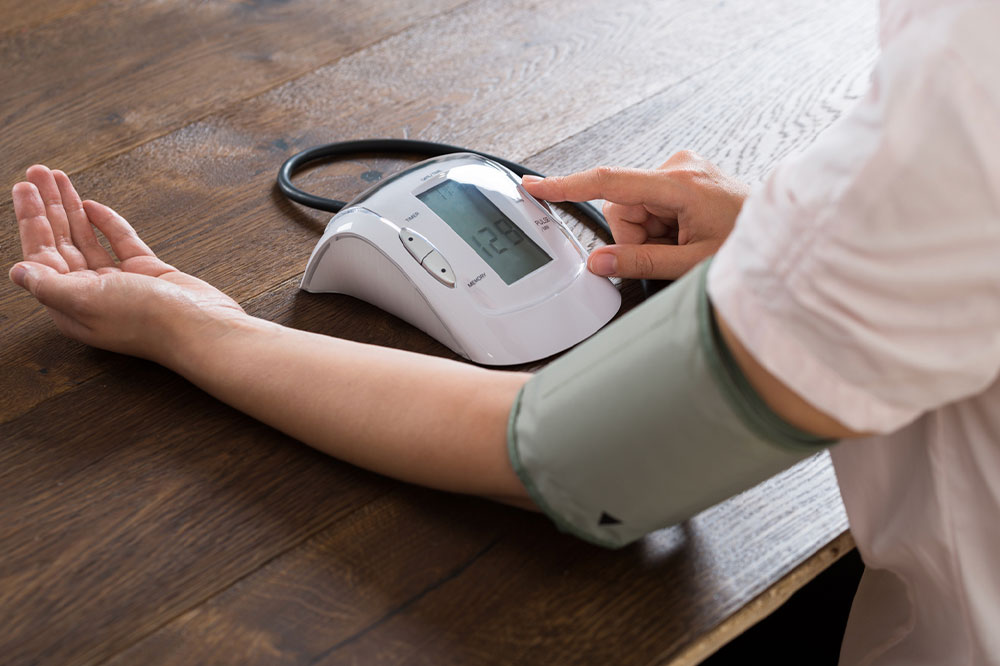Comprehensive Guide to Blood Pressure Monitors: Types, Features, and Top Recommendations
This comprehensive guide offers insights into various blood pressure monitoring devices, explaining their types, features, and how to choose the best model for home use. With detailed recommendations, it helps users maintain healthy blood pressure and prevent cardiovascular issues through reliable monitoring. Learn about arm and wrist monitors, essential features, and top-rated models to ensure accurate results and better health management.

Comprehensive Guide to Blood Pressure Monitors: Types, Features, and Top Recommendations
Monitoring your blood pressure at home is a critical step in maintaining cardiovascular health and preventing severe health complications. The availability of various blood pressure measurement devices makes it easier than ever to keep track of your blood pressure regularly. Whether you are managing hypertension or simply want to stay informed about your cardiovascular status, choosing the right monitor is essential. These devices generally consist of a display interface, an inflatable cuff, and mechanisms that control cuff inflation and deflation. With proper technique and device choice, accurate blood pressure readings can be easily achieved in the comfort of your home.
How to Properly Monitor Blood Pressure at Home
To obtain accurate measurements, it's vital to understand how to use blood pressure devices correctly. Most modern monitors are equipped with either a gauge or a digital screen for displaying readings. The inflatable cuff, which is the core component, can be worn on the upper arm or wrist. Correct cuff placement is crucial; it should be snug but not too tight, and positioned at heart level. Before measurement, rest for five minutes and avoid caffeine, exercise, or smoking. The device inflates the cuff to restrict blood flow temporarily, then deflates to measure systolic (top number) and diastolic (bottom number) pressures. These readings reflect the arterial health and can help detect hypertension early.
Choosing the most appropriate blood pressure monitor depends on your specific performance needs, desired features, and budget considerations. It’s essential to select a device that offers accuracy, ease of use, and connectivity options for data sharing with healthcare providers.
Arm-based monitors: These are the most common and reliable devices, equipped with automatic inflation and digital displays. They often feature risk indicators for elevated blood pressure levels and can transmit data wirelessly to computers or smartphones for comprehensive health tracking.
Wrist monitors: These are fully automated devices measuring blood pressure via vibrations at the wrist. While convenient and portable, they might be slightly less accurate compared to arm monitors, especially if not positioned correctly at heart level.
When selecting a blood pressure monitoring device, consider the following factors:
Proper fit: Ensure that the cuff size fits your arm or wrist snugly for accurate readings. Most arm monitors have adjustable cuffs suitable for a range of arm circumferences (measure with a tape to confirm sizing). An improper fit can lead to misleading results, so measurement accuracy depends largely on correct cuff placement.
Budget: Blood pressure monitors can vary in price from approximately $40 to over $100. Compare brands and models to find options that align with your budget. Additionally, check if your health insurance plan offers coverage or discounts for these devices.
Ease of use: Devices should have clear, easy-to-read displays, large buttons, and straightforward instructions. User-friendly features ensure reliable operation, especially for seniors or those with visual impairments.
Feature requirements: Consider additional features such as irregular heartbeat detection, multiple user profiles, data storage, averaging functions, and Bluetooth connectivity. These enhancements can provide a more comprehensive understanding of your blood pressure trends over time.
The following are the top 5 recommended blood pressure monitors based on accuracy, user reviews, features, and reliability:
Omron Gold Upper Arm Blood Pressure Monitor: Known for its simplicity, high accuracy, and large memory storage—stores up to 120 readings for two users, making it ideal for families or shared households.
Welch Allyn 1700 Series Monitor: Offers a comfortable cuff, an intuitive app for easy data tracking, and rapid results, which are particularly useful for consistent health monitoring and sharing with healthcare providers.
A&D Talking Blood Pressure Monitor: Equipped with audible results, making it suitable for visually impaired users and those who prefer hearing their readings without looking at the screen.
Microlife WatchBP Home: Specializes in precise detection of atrial fibrillation, stores up to 250 measurements, and provides reliable day and night data collection—excellent for comprehensive cardiovascular assessment.
Omron 5 Series Wireless Monitor: Enables Bluetooth connectivity, stores 60 readings with timestamps, and syncs seamlessly with smartphone apps for easy data management and trend analysis.
In conclusion, selecting a high-quality blood pressure monitor tailored to your needs is an investment in your health. Regular monitoring can help identify early signs of hypertension, manage existing conditions, and facilitate informed discussions with healthcare providers. By understanding the different types, features, and top models available, you can make an informed choice that promotes better cardiovascular health.




